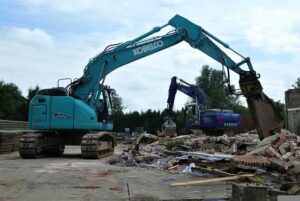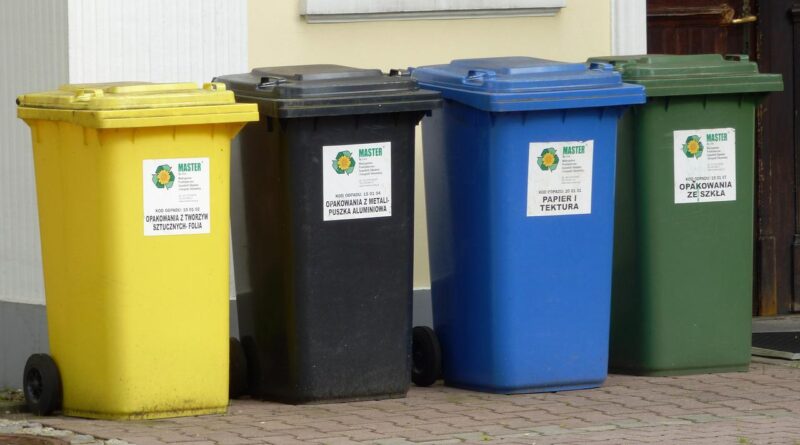Types of Commonly Segregated Trade Waste
Businesses that produce trade waste often segregate their refuse into different categories. However, plastic pollution has become a problem that many companies are now choosing to recycle their plastic waste instead of sending it to landfill. This is done to comply with environmental regulations and make the waste easier to manage. This blog post will discuss some of the most common types of segregated trade waste. Stay tuned for more information.
Construction and Demolition Waste
 Construction and demolition waste is one of the most common types of segregated trade waste, including concrete, bricks, wood, metal, glass, and plastics. Recycling this type of waste can help to reduce environmental pollution and conserve natural resources. This can be recycled or reused in many different ways. Some businesses recycle their construction and demolition waste instead of sending it to landfills.
Construction and demolition waste is one of the most common types of segregated trade waste, including concrete, bricks, wood, metal, glass, and plastics. Recycling this type of waste can help to reduce environmental pollution and conserve natural resources. This can be recycled or reused in many different ways. Some businesses recycle their construction and demolition waste instead of sending it to landfills.
Vehicle and Oily Waste
Many types of oily waste include used motor oil, cooking oil, and greases. Oily wastes can come from businesses such as:
- Auto repair shops
- Restaurants
- Manufacturing plants
Oily wastes must be properly disposed of because they can contaminate land and water. The best way to dispose of oily wastes is to recycle them. Used motor oil can be recycled into new oil, while used cooking oil can be turned into biodiesel. Greases can also be recycled into new products, such as soap.
Electrical Equipment
Electrical equipment is one of the most common types of trade waste. This includes items such as computers, printers, and fax machines. Many businesses will segregate this type of waste to recycling it properly.
Dry Mixed Recycling
Dry mixed recycling is the most common type of waste segregation. This type of waste includes paper, cardboard, metals, and plastics. The benefits of dry mixed recycling are that it is easy to do and reduces the amount of waste that goes to landfills. However, there are some drawbacks. The main one is that recycling plastic bags and other film plastics is difficult. Another drawback is that some materials, such as glass, must be separated from the rest of the waste.
Healthcare Waste and Related Waste
Healthcare waste is any type from healthcare facilities, such as hospitals and clinics. This type of waste includes items such as:
- medical equipment
- sharps
- soiled dressings
Healthcare waste can be classified as either hazardous or non-hazardous. Hazardous healthcare waste includes items such as sharps and soiled dressings. Non-hazardous healthcare waste includes items such as medical equipment. Healthcare waste must be properly disposed of to protect the environment and public health. Segregating your trade waste is a crucial way to comply with environmental regulations and make the waste easier to manage. In this blog post, we have discussed some of the most common types of segregated trade waste. Stay tuned for more information on properly disposing of these types of waste.

